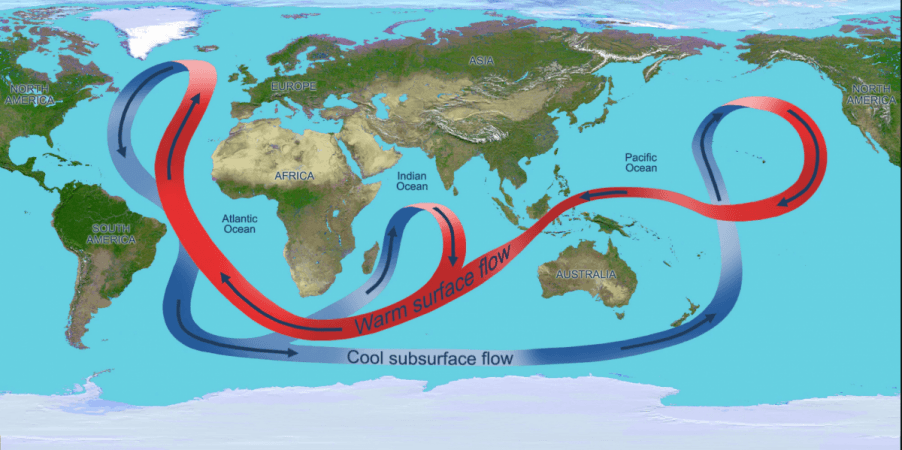Sand from the Sahara desert can blow towards the Atlantic and weaken hurricanes by cooling it, which makes them less intense as they cross over to the Americas, a new study has found. This just goes to show that weather is not a localised phenomenon, rather, something that has actions and consequences on a global scale.
According to a new study, researchers have calculated how sand and dust from the Sahara desert have an effect on ocean climate and its related weather patterns. Researchers found that dust from northern Africa, from the Sahara routinely gets blown across the entire width of the Atlantic and reaches the Gulf of Mexico. This movement of dust can actually be seen in certain NASA simulations, reports Popular Mechanics.
Apart from adding sand to the beaches, this dust is known to be spread out over a large enough area that it actually has a measurable effect on the weather. It literally blots out the Sun and cools the oceans below quite effectively. When the oceans cool down, this in turn means less active currents, this in turn leads to less intense hurricanes being formed over the ocean in the region.

Another effect of the dust travelling so high in the atmosphere is that the dust and sand particles get hot, making the upper atmosphere warmer, which in turn translates to mild weather.
This effect works and practical demonstrations of it is that it will bring less intense hurricanes to the region which is still reeling under the effects of last year's rainy season notes the report. This could mean that cloud seeding, a system where this effect can be brought about at will. The process is simple, using similar particles that are derived from natural substances, an artificial cloud of dust can be seeded using aircraft or even balloons. This will have similar effects on the ocean as the sand travelling across continents. Chances are, scientists could replicate the effect as and when needed.
However, changing weather patterns on one side of the world will have unintended spillovers on other regions, say the researchers. That is because, while atmospheric seeding can improve the weather in the Gulf of Mexico, it could bring severe droughts to the regions covering northern Africa.
The study was first published in the Journal of Climate


















